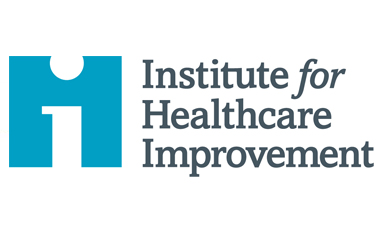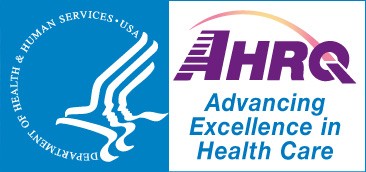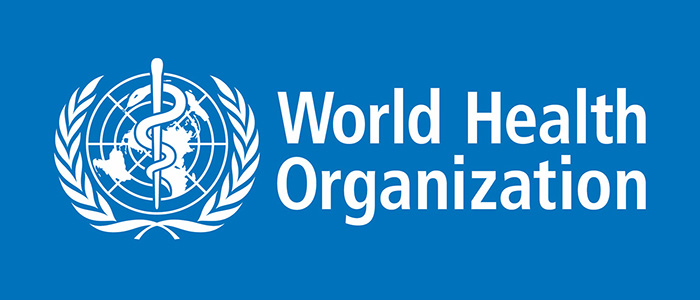
Top Ten Articles to Read
Click text to access link to the articles
- Batalden - What is ‘‘quality improvement’’ and how can it transform healthcare?
- Auerbach- The Tension between Needing to Improve Care and Knowing How to Do It
- Berwick- The Triple Aim: Care, Health, and Cost
- Dekker- The system approach to medicine: controversy and misconceptions
- Benneyan- Statistical Process Control as a tool for research and healthcare improvement
- Ogrinc- SQUIRE Guidelines 2.0
- Shaqdan- Root Cause Analysis and Health Failure Mode and Effect Analysis: Two leading techniques in health care quality assessment
- Dixon-Woods- Explaining Michigan
- Ogrinc- Fundamentals of Health Care Improvement
patient safety incident reporting
file a report at ohsu:
Go to O2 on OHSU computer or through the Portal via https://o2.ohsu.edu/healthcare/tools/patient-safety-intelligence.cfm
- click the PSI link on the right side of the screen
PSIs submitted by residents/fellows will be reviewed by the Housestaff Quality & Safety Council to determine trends/inform improvement projects and will contact you regarding action taken.
file a report at the va:
Go to the JSPR link through the Sharepoint on a VA computer (the home screen if you open Microsoft Edge)
Submissions are reviewed weekly by the MERS Committee; feel free to email the VA Chief Resident of Quality and Patient Safety with questions: lutyj@ohsu.edu
When to file a psi
“Every system is perfectly designed to get the results it gets”
- Paul Batalden
File a PSI report when you feel that a system is unsafe and needs extra attention.
It will be reviewed by committees with resident representation.
The goal is to improve our systems and to reward, not punish, those who speak up.
EXAMPLE SCENARIOS:
When harm is done to a patient - This one is clear: report it!
The system is unsafe in some way - can we prevent this from happening again?
2. When a mistake is made & reaches the patient, but no harm results - Report it!
"But the patient is ok." Yeah, this time. The next patient may not be so lucky. This is an opportunity to make our systems safer.
3. When a patient reports a potentially unsafe situation or process that they witnessed - Report it!
We want to create a culture where everyone, including patients, feels free to report unsafe situations.
4. When a mistake is made, but caught before its effects can reach the patient; no harm results - Noticing a theme? Report it!
Again, something about the system (perhaps many coincident 'somethings') has enabled a mistake. Let's fix it.
5. When you have an argument or difficult interaction with another staff member - Don't report it!
Ah, gotcha! While it is always important to feel like you can approach colleagues in a respectful way, perhaps even by debriefing after a difficult interaction, it is unlikely to represent a system issue so the PSI reporting tool may not be the best venue (discussing the issue with a supervisor is a great start).
6. When you think there might be a safety issue, but aren't sure - Report it!
We would hate to miss out on a potentially important safety report, so err on the side of caution.
Clinical situations, like the systems in which they occur, can be very complex.
We strive for a system where people feel comfortable reporting conditions that may be unsafe, without fear of punishment/reprisal.
If you have any questions or concerns related to the quality/safety of the care we provide, feel free to email Jake Luty, MD at lutyj@ohsu.edu
Thank you for all you do for our patients!
Intern Improvement Science Curriculum







